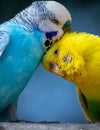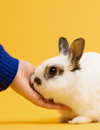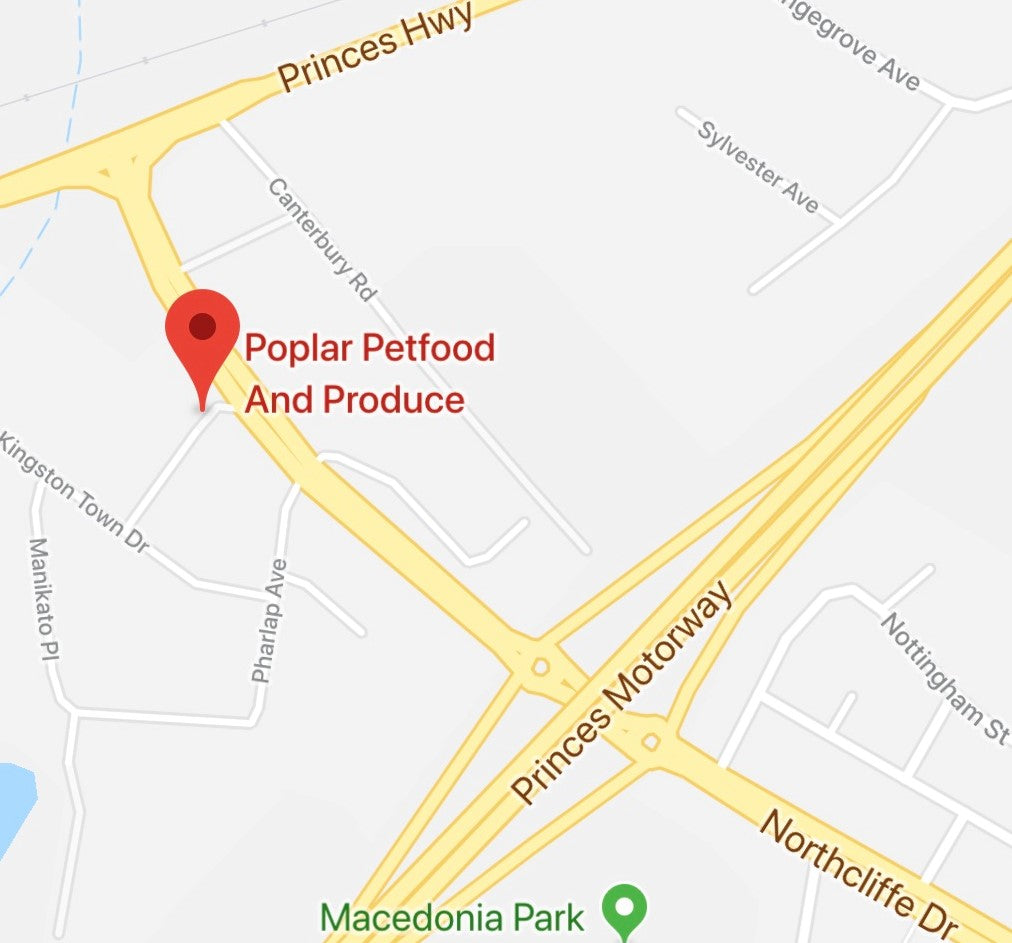
Getting to know the Stick Insect
A great first pet
Stick Insects, also known as Phasmids, are related to other groups of insects including mantids, grasshoppers, crickets, katydids and cockroaches. These insect groups share a common trait in having young that are similar in shape to the adult form and do not have a lifecycle that includes a larval stage like most other insect groups such as bees, bettles, and butterflies. Stick Insects hatch from a small egg and grow by undergoing a series of moults (shedding their outer skeleton) into an adult at about 6 months of age.
Stick Insects generally live from eight to eighteen months. This age variation is due to many factors, including species type, temperature and sex of the Stick Insect; females normally live longer than males.
Sexing
Adult females and males are generally quite different in appearance. Females are normally much bigger than males and have limited or no flying ability. Males are smaller and can fly or flutter short distances, depending on the species.
Housing
Stick Insects must have enough room in their enclosure to be able to hang to moult without disturbance. The Insectimo Pod Enclosure is the perfect size to house many varieties of insects and invertebrate. The stylish looking cage consists of a plastic base and top with a shade cloth material around the sides and is easy to access to change branches. There are also a huge range of accessories for the pod including, LED Light, Thermometer/Hygrometer, Misting Bottle and Branch Holder Temperature and humidity.
Your enclosure needs to be located where temperatures are suitable for your species. Stick Insects require a range between 16degC to 28degC. Avoid direct sunlight as this can become too hot, also avoid draughty locations. Spray foliage with a fine mist once or twice a day to provide humidity and drinking water for the Stick Insect and to maintain the freshness of the foliage… however do not make the enclosure wet.
Diet
Stick Insects eat any types of Eucalypt (Gum) leaves and Acadia (Wattle) species. Small branches with fresh clean leaves should be placed in your enclosure. Check that your insects are eating; look to see if the leaves are being eaten and if there are droppings in your enclosure. If they aren't eating, try a different type of eucalypt. Branches should be changed once or twice a week or as soon as they start drying out. Always check new branches for predators such as spiders, ants or egg sacks which may harm your insects.
Handling
Your insect won’t bite, and can be handled carefully, care must be taken not to damage its delicate limbs as it can grip tightly. It is best to place your hand in front of your pet and encourage it to walk on to you rather than picking it up.
Moulting
Your insect will moult/shed its outer skeleton to grow, if you see your insect moulting do not disturb it and allow a day for its new skeleton to harden before handling it. Sometimes your insect may not moult properly or loose a leg in the process, this happens when the enclosure too dry, your insect was disturbed or has insufficient room to moult in. Missing legs in juveniles will gradually grow back with each moult.
Source – Aquarium Industries Stick Insect care sheet







